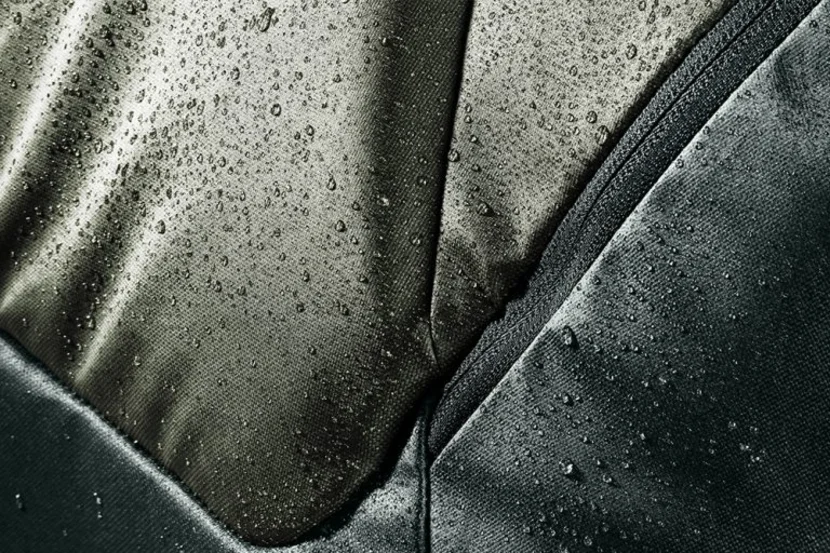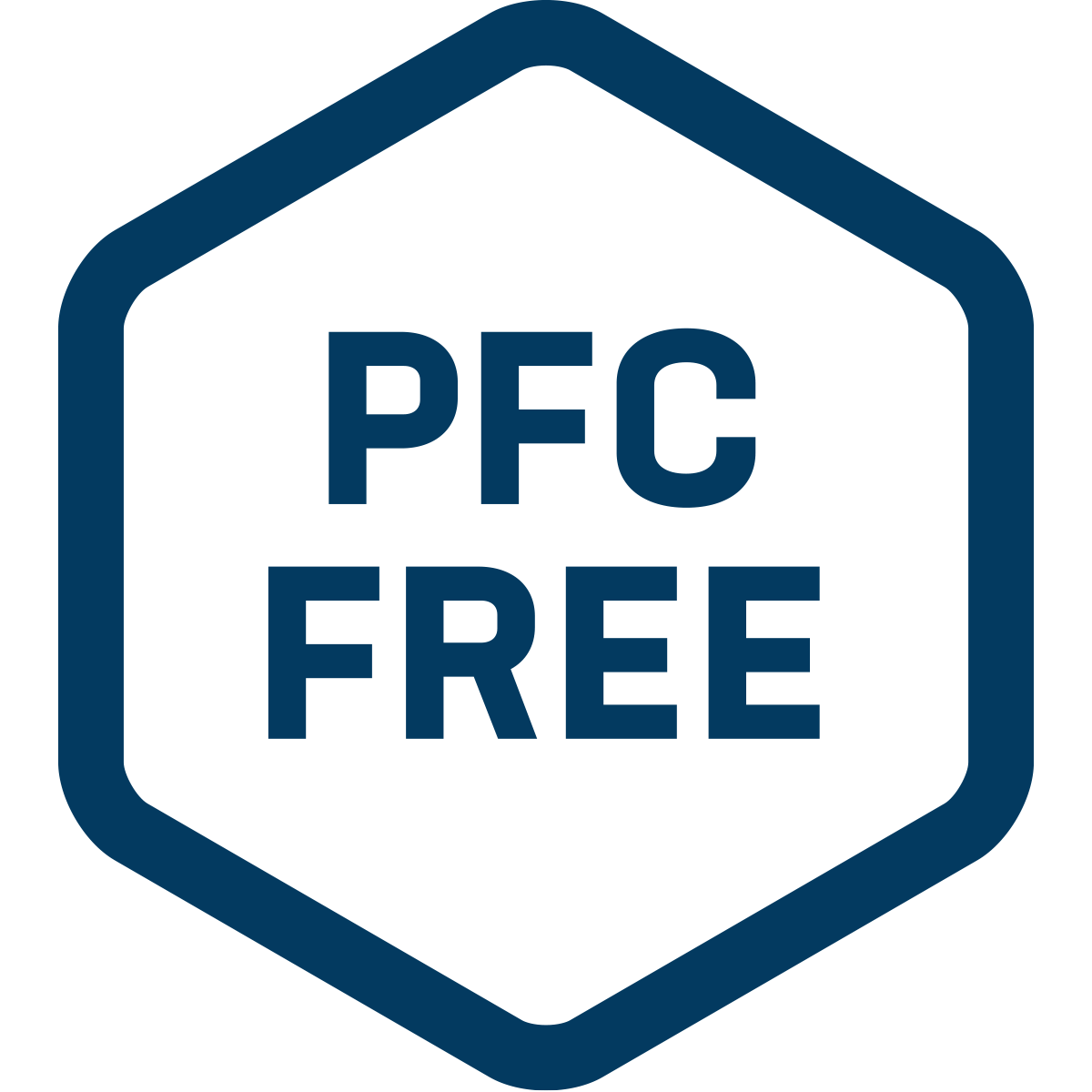OUR PRODUCTS FOR THE WET SEASON

MAKING OUTDOOR SPORTS FUN EVEN IN THE RAIN
Rain is a wonderful thing. Yes, you read that right. We mean it. It brings nourishing water to plants, makes it smell wonderful when it falls on dry ground and calms many a heated mind with its steady sound. Mostly it brings a calmer time. Nevertheless, this is no reason for us to forego exercise in the fresh air. Especially on cold, grey and wet days, it is essential for our physical and mental well-being, quickly lifts our mood and ensures an intact immune system.

WHEN DO WE USE WATERPROOF MATERIALS?
In the interest of the consumer (price) and nature (treatment and choice of materials), we only use waterproof materials and special constructions where their use really makes sense. These are, on the one hand, rain covers and dry bags, but also bicycle rear panniers and mountaineering backpacks, which are extremely exposed to rain showers, melting and splashing water.
WHAT MAKES OUR WATERPROOF MATERIALS SO SPECIAL?
To make exactly these products reliably waterproof, we have considered the following:
durable material with 10,000 mm water column
taped seams, sealed waterproof by hot pressing
TPU coated zippers
We tested the fact that this reliably protects the contents of the bag against water when used for its intended purpose under almost real conditions: In a ten-meter-high rain tower, bad weather conditions were simulated for two hours and a maximum amount of water was allowed to rain down from above. In figures: a downpour of 450 l/m²/h. In addition, rain was simulated from all sides by using different nozzles. The result: our backpacks and bags reliably defy the most adverse conditions.

 Per- and polyfluorinated chemicals, PFCs for short, are substances that are harmful to the environment and health and have been the preferred choice for impregnating textiles due to their previously almost unrivalled water-, dirt- and grease-resistant properties. Due to its widespread use, PFC has left traces all over the world – in drinking water, breast milk, the air and reproduction. The harmful fluorocarbons also degrade very slowly or not at all. A time bomb for humans, animals and nature. In the meantime, there are environmentally friendly alternatives. With the DWR (Durable Water Repellancy) impregnation, we have completely dispensed with PFCs since the beginning of 2020 and can still guarantee the high-performance water and dirt-resistant properties of all our products. The environmentally friendly surface treatment, which is harmless to health, takes us one step further on our path of responsible and sustainable action.
Per- and polyfluorinated chemicals, PFCs for short, are substances that are harmful to the environment and health and have been the preferred choice for impregnating textiles due to their previously almost unrivalled water-, dirt- and grease-resistant properties. Due to its widespread use, PFC has left traces all over the world – in drinking water, breast milk, the air and reproduction. The harmful fluorocarbons also degrade very slowly or not at all. A time bomb for humans, animals and nature. In the meantime, there are environmentally friendly alternatives. With the DWR (Durable Water Repellancy) impregnation, we have completely dispensed with PFCs since the beginning of 2020 and can still guarantee the high-performance water and dirt-resistant properties of all our products. The environmentally friendly surface treatment, which is harmless to health, takes us one step further on our path of responsible and sustainable action.